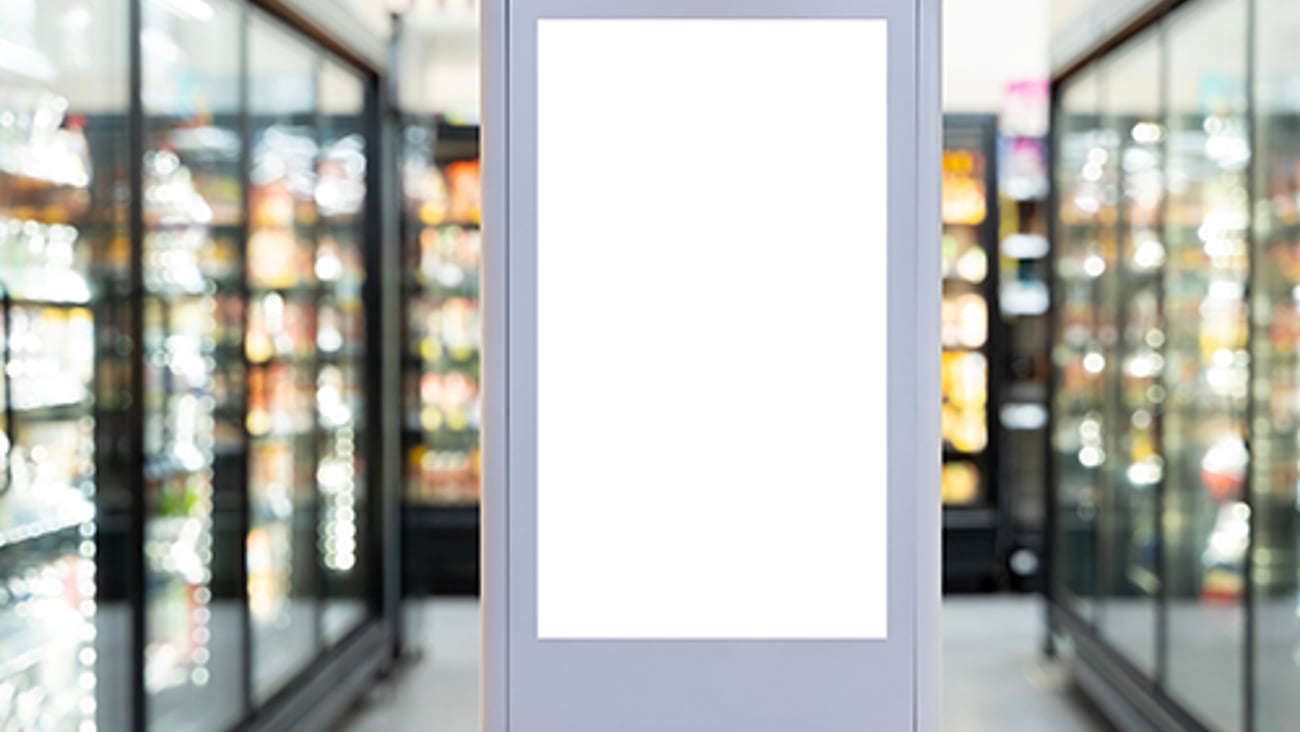Embracing a changing world of marketing strategies
For years marketing experts have predicted the elimination of the store print circular as technology brought new and more efficient retail marketing platforms.
The print circular was called a relic, but it is still around — as are the newer platforms.
There’s an important lesson for retailers to remember about this — one size definitely does not fit all in today’s retail marketing landscape. Food and drug retailers are hesitant to give up longtime strategies that have worked, even as they experiment with newer ones. Increasingly they find the need to simultaneously employ many approaches.
[Read more: Hy-Vee debuts state-of-the-art store in Wisconsin]
In fact, a diversity of marketing strategies is needed to reach today’s increasingly varied shopper bases.
Ranking Marketing Approaches
Each year the relative importance of food retail marketing outreach vehicles is measured by FMI — The Food Industry Association. The latest data appears in FMI’s just-released 2021 version of its wide-ranging report called The Food Retailing Industry Speaks, which is based on a comprehensive retailer survey.
The most widely used outreach vehicles, FMI found, span older and newer platforms, including Facebook (91% of responding food retailers used it in 2020), email (89%), in-store signage (85%), digital circular (85%), Instagram (77%), printed circular (72%) and radio ads (64%).
The effectiveness levels of many platforms don’t necessarily match the high usage levels. For example, while 91% of retailers used Facebook for outreach in 2020, only 36% of those responding retailers found it very effective, FMI found. Similarly, while 89% employ email, only 43% say it’s very effective. And what about the print circular? Some 72% use it, and 47% find it very effective. And by the way, the three marketing vehicles just mentioned were among those found to be the most highly effective by retailers.
[Read more: WBA’s 2nd DE&I report chronicles latest efforts]
Social Media’s Big Influence
Social media gained importance during the pandemic as a marketing and communications vehicle. Retailers eschewed overt marketing and put the emphasis on relaying how they are supporting shoppers and communities during challenging times. As an example, Whole Foods summed this up with a simple message on social media: “We’re here for you.”
Apps Provide Consumer Insights
The use of e-commerce has soared during the pandemic, as retailers have rolled out strategies via websites and apps. Some digital ordering tools double as marketing opportunities, as long as retailers take into account that shoppers may behave differently when ordering through digital means.
Consider how this plays out in the restaurant sector. A recent article in Business Insider reported that when diners order digitally, rather than through a server, they sometimes order more food because they feel they aren’t being judged. Moreover, consumers ordering digitally may add more complex modifications to items, such as coffee beverages, the article relayed. These types of insights are important in developing marketing approaches in these platforms.
[Read more: CVS Health to invest $25M in affordable housing in Louisiana]
Personalization Gains Traction
The retail industry increasingly has been exploring new loyalty marketing approaches, including personalized strategies that benefit from emerging technology. There’s no doubt these new loyalty strategies will become a bigger part of the retail landscape — from drug stores to food stores. The size of the prize is huge for those retailers that successfully retain shoppers.
Retailers Need to Embrace the Mix
There aren’t formulaic or easy approaches to navigating new marketing trends. Retailers need to keep evaluating strategies for effectiveness and adapting to changing consumer behaviors.
Much of the change will be evolutionary. Maybe the print circular will in fact meet its death some day. But I wouldn’t bet on that happening any time soon.






